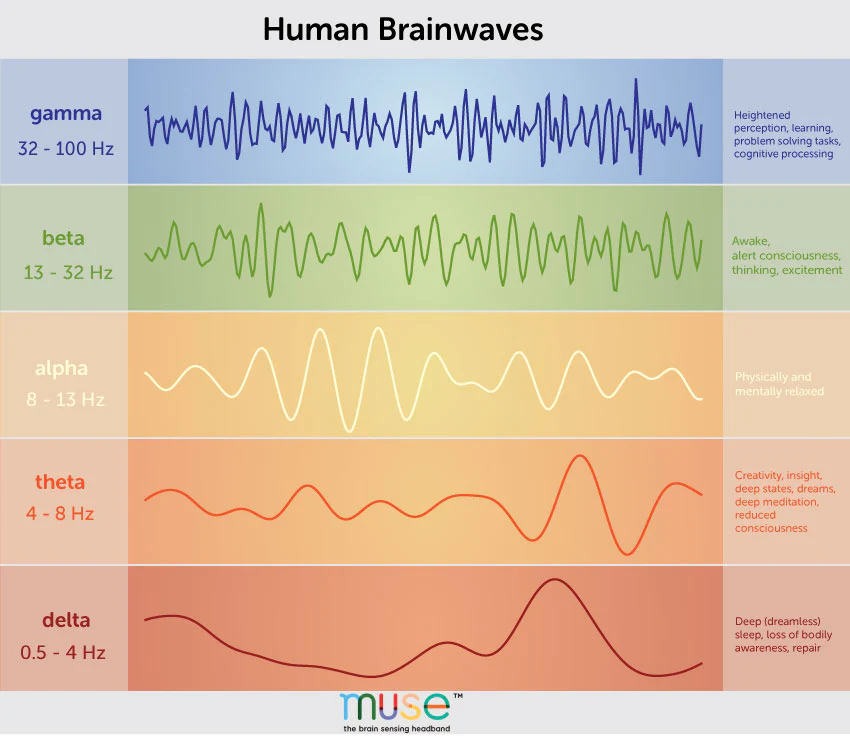Video game optimization used to be a form of art, requiring developers to squeeze every ounce of effort into programming, creative problem-solving, and relentless testing. Classic games like “Doom (1993)” or “The Legend of Zelda: Ocarina of Time” achieved amazing optimizations within strict hardware limitations. Today, however, the industry is shifting away from this craftsmanship in favor of AI-driven shortcuts. Instead of optimizing games at a fundamental level, companies now rely on artificial intelligence tools like NVIDIA’s DLSS 4 to artificially boost frame rates and mask poor performance. This overreliance on AI has led to a disturbing trend where unfinished, unoptimized games are rushed to market, with the expectation that AI-generated frames will cover up performance shortcomings. Titles like “Cyberpunk 2077” and “Star Wars Jedi: Survivor” are some examples, launching in unfinished states and relying on post-release AI-powered patches rather than thorough, pre-release optimization. This pattern is not limited to video game production; AI is increasingly used as an excuse in various industries, hindering companies from achieving true innovation and allowing them to justify stagnation rather than progress.
Increased AI usage is also observed in the artistic field where AI-generated art and text are being used as cost-cutting measures instead of fostering genuine artistic expression. Many companies today employ AI-generated assets to fill gaps in production, replacing human artists and writers with machine-learning models that mimic creativity but lack true originality. For instance, AI-powered image generators like Midjourney and DALL·E 3 have been integrated into marketing and design workflows, allowing businesses to replace skilled illustrators with AI. While this technology has practical applications, it also discourages investment in human creativity. Companies see AI as a cheaper and faster alternative, resulting in fewer opportunities for artists. Increased employment of AI is problematic as it often regurgitates past works rather than inspiring new artistic directions, thus diminishing the incentive for innovation.
AI’s effect on innovation is also apparent in the fields of software development and customer service. Many companies now use AI-generated code to streamline programming tasks, reducing the need for human expertise in areas like debugging and algorithm development. While AI-assisted coding tools like GitHub Copilot can accelerate productivity, they also encourage complacency that discourages deeper problem-solving. Developers may rely on AI to generate codes without fully understanding them, leading to software that is functional but not necessarily well-designed. The same issue occurs in customer service, where AI chatbots replace human customer services. While automation improves response times, it often sacrifices the nuanced problem-solving that human agents provide. These trends demonstrate that industries increasingly use AI as a replacement for human workers, rather than leveraging AI to enhance human capabilities.
The dangers of AI reliance extend into scientific research and medicine. The processing and utilization of vast amounts of medical data, which help doctors discover diseases and perform surgery, displays the potential AI has to revolutionize fields like drug discovery and medical diagnostics. However, it often leads to overdependence. AI models trained to analyze medical data may expedite diagnoses, but they also introduce the risk of blind faith in machine-generated conclusions. Some researchers have expressed concerns that heavy reliance on AI could discourage independent scientific inquiry. For instance, in medical imaging, AI-powered diagnostic tools assist doctors by detecting anomalies in X-rays and MRIs. However, when these tools are used uncritically, they may lead to errors that doctors fail to catch because they trust the algorithm’s judgment. This reliance on AI-generated insights can reduce the need for human expertise, leading to a decline in rigorous scientific methodology.
A similar phenomenon is emerging in academia, where AI-generated content is raising concerns about intellectual stagnation. AI-powered writing tools like ChatGPT allow students and professionals to produce essays, reports, and research papers with minimal effort. While these tools offer convenience, they also encourage a decline in critical thinking skills. If AI can generate a coherent essay on demand, there is little incentive for individuals to engage deeply with the material or develop their own analytical abilities. As AI-generated content becomes more prevalent, it threatens to erode the value of human intellect, replacing genuine scholarship with regurgitated information drawn from pre-existing sources. This trend ultimately stifles innovation, as fewer people engage in the kind of deep, original thinking that drives progress.
The increasing reliance on AI as a substitute for human effort raises fundamental questions about the future of innovation. While AI undoubtedly has valuable applications, its misuse as a shortcut undermines industries that once thrived on human ingenuity. In gaming, it has allowed developers to stop proper optimization. In creative fields, it has replaced originality with automated outputs. In software development, it has encouraged superficial problem-solving. Science and medicine have introduced overdependence on machine-driven conclusions. And in academia, it has weakened critical thinking skills. The effect of AI on the gaming, art, software development, and medicine industries demonstrates that overreliance on AI leads to irresponsible outcomes that distract humans from striving for innovation.
Ultimately, AI should serve as a tool for enhancing human creativity and efficiency rather than an excuse to abandon fundamental improvements. Industries must find a balance between leveraging AI’s capabilities and maintaining the drive to innovate. True progress requires effort, problem-solving, and originality—qualities that AI, for all its advancements, cannot replace. As technology continues to evolve, the challenge lies in ensuring that AI complements human ingenuity rather than diminishing it. Without this balance, the world risks becoming one where convenience trumps creativity, and where true innovation is sacrificed in favor of AI-generated content.
Sources:
Jones, Ali . “Cyberpunk 2077 Players Are Complaining about Performance Issues.” Gamesradar, 10 Dec. 2020, www.gamesradar.com/cyberpunk-2077-players-are-complaining-about-performance-issues/
“AI’s Artistic Revolution: A Threat or a Tool for Artists? – Just Think AI.” Justthink.ai, 2024, www.justthink.ai/blog/ais-artistic-revolution-a-threat-or-a-tool-for-artists
Manjoo, Farhad. “It’s the End of Computer Programming as We Know It. (And I Feel Fine.)” The New York Times, 2 June 2023, https://www.nytimes.com/2023/06/02/opinion/ai-coding.html
Korkmaz, Selçuk. “Artificial Intelligence in Healthcare: A Revolutionary Ally or an Ethical Dilemma?” Balkan Medical Journal, 25 Jan. 2024, www.ncbi.nlm.nih.gov/pmc/articles/PMC10913124/




